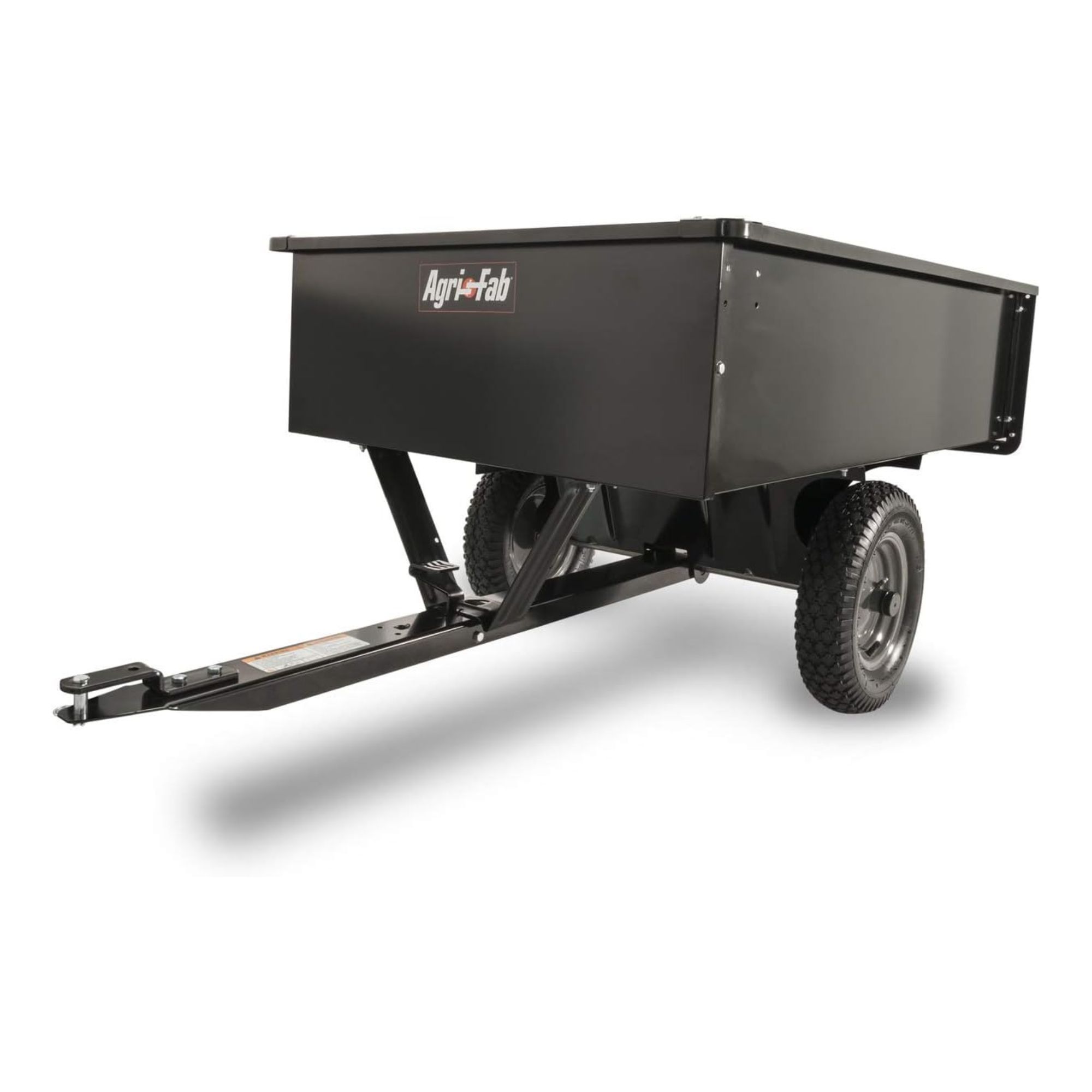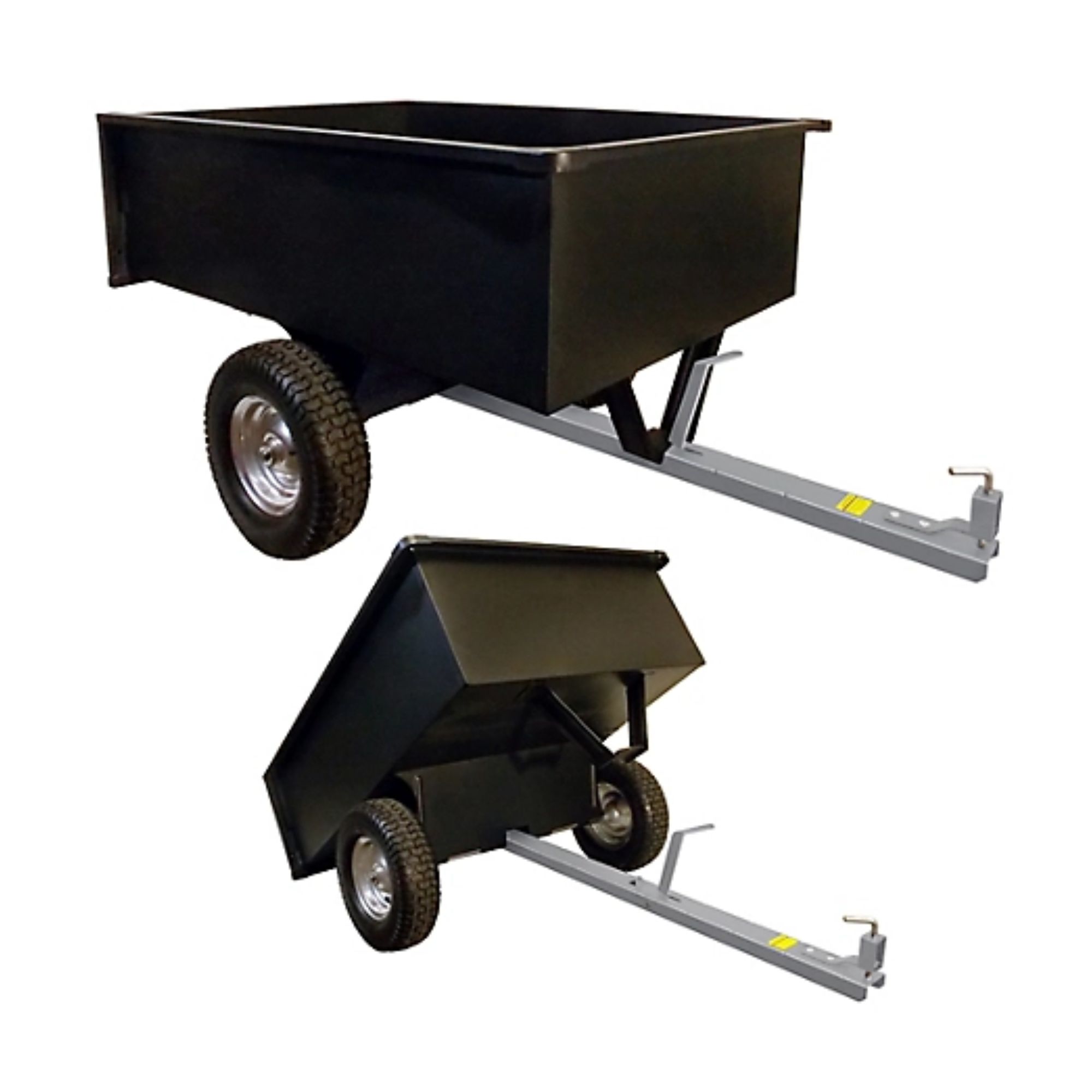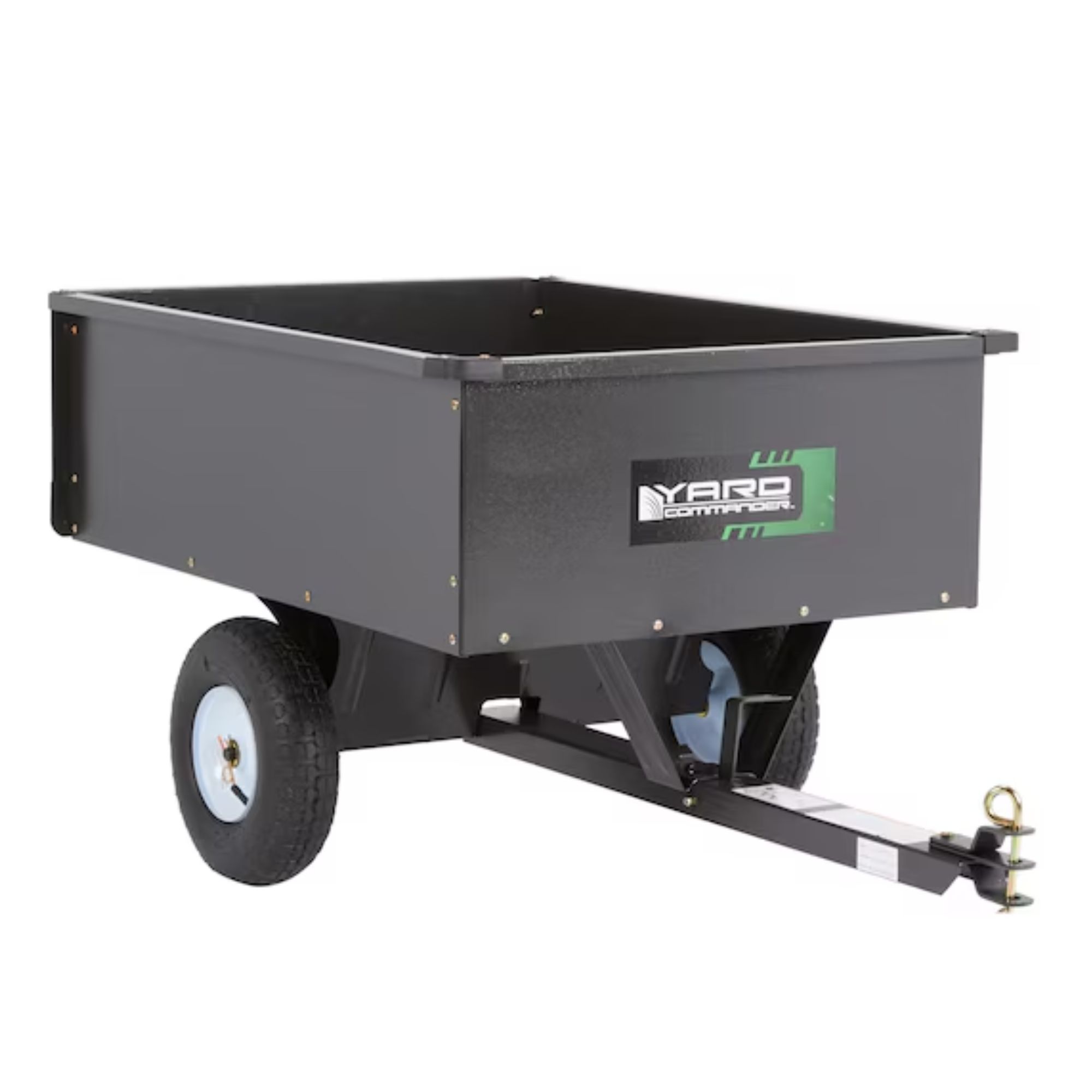Unusual uses for a lawn mower – experts reveal 6 bonus functions to make your mower more useful in winter
Could you make use of these lesser-known lawn mower functions?
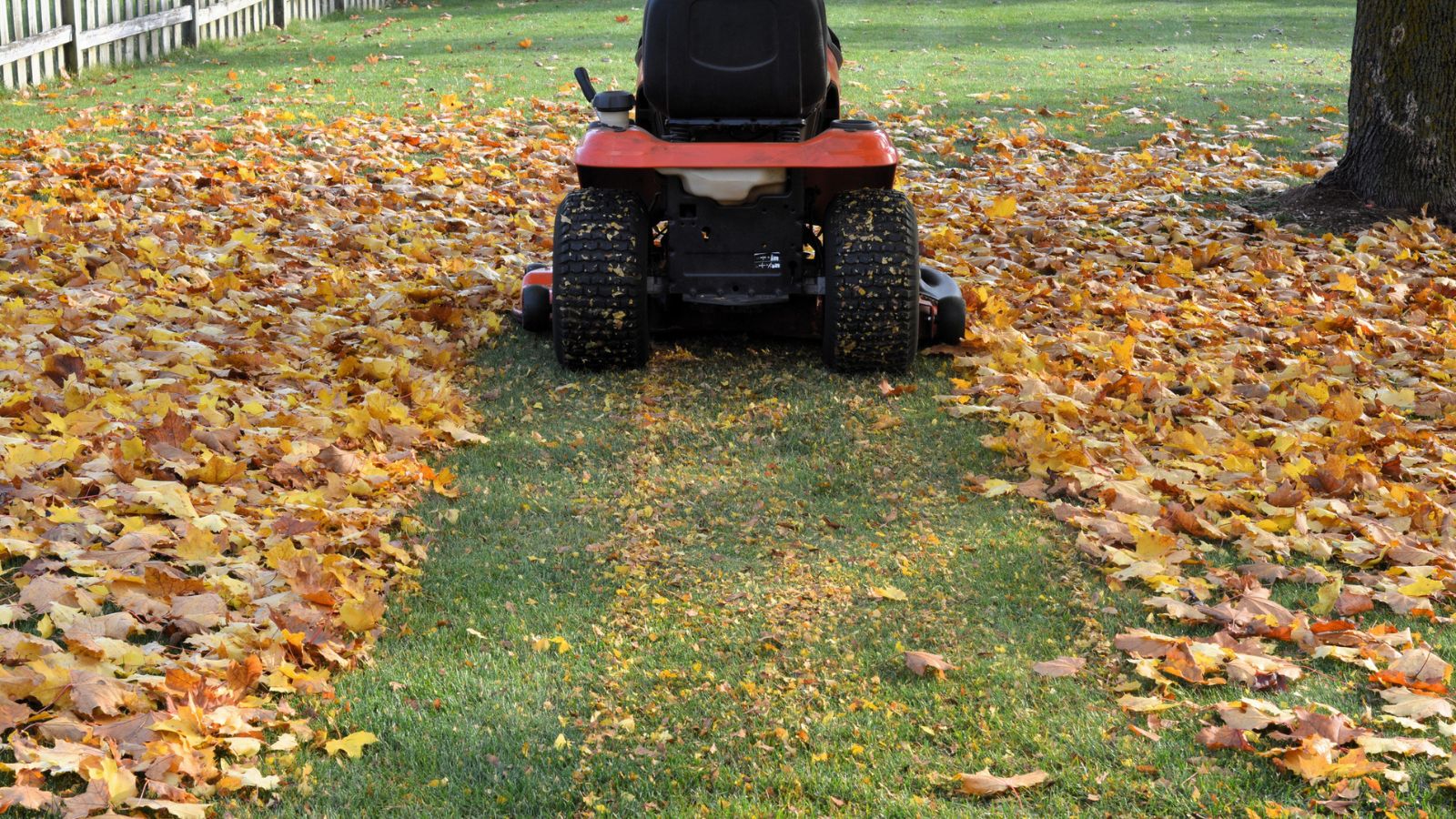

Mowers are garden essentials, sure, but for half the year they're surplus to requirements. As we are heading out of mowing season, and you may be wondering what to do with your mower.
Aside from finding the right place to store your lawn mower, is there really anything else you could be doing with it in winter?
I spoke to mowing experts about what else you can use a lawn mower for. They gave me 6 unusual ways to put your mower to good use – even in winter.
1. Mulch leaves
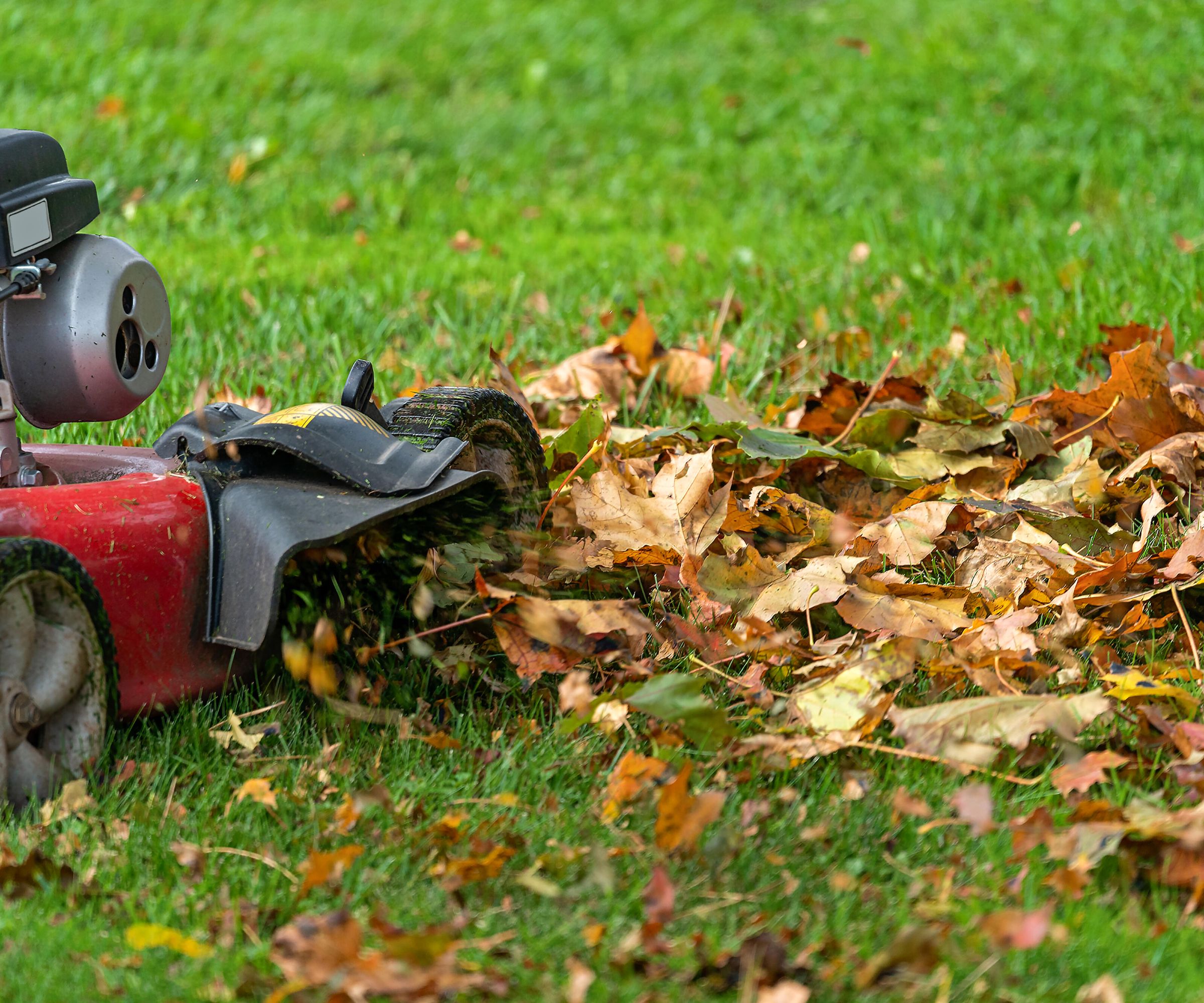
One of the best things you can do in the fall is mulch the leaves on your lawn. Rather than the tedious, hard work of raking or blowing fallen leaves off the lawn, you can mulch the leaves right on the lawn, turning them into useful mulch.
Mowing expert Lee Purcell says 'many lawnmowers have a mulching feature, or can be fitted with mulching blades. By running over leaves, the mower chops them into small, nutrient-rich pieces, which can be left on the lawn to decompose and nourish the soil.'
Best of all, you don't need any special attachments to achieve this. Mowing expert Ken Kohlman adds 'Any kind of rotary-action mower will be able to chop up leaves.' The only thing to remember is that you need to mulch on a dry day. Ken says 'Just make sure the mower has sufficient power and sharp enough blades to handle a dense layer of leaves. This typically works best if the leaves are relatively dry, as wet leaves can clog the mower.'

Ken Kohlmann is the Vice President of Yarbo, a modular lawn robot company.
Lee is the owner of Reel Rollers, a specialist reel-mowing retailer.
2. Tow equipment
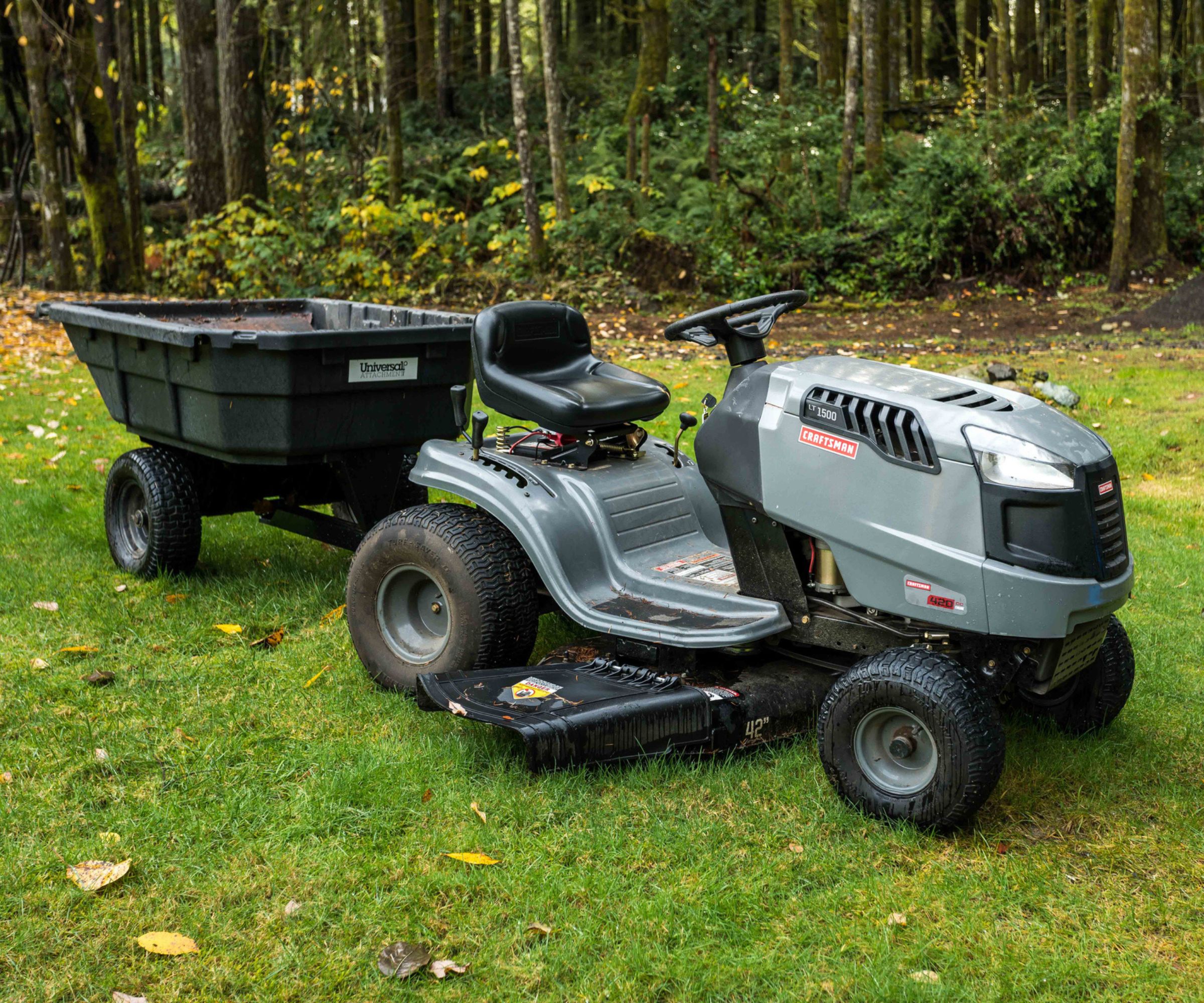
One of the best ways to use a riding mower is to tow tools and other helpful garden equipment. Whether you need to move firewood, transport your homemade compost to a new bed, or cart heavy tools around the yard, a dump cart takes the strain for you.
Design expertise in your inbox – from inspiring decorating ideas and beautiful celebrity homes to practical gardening advice and shopping round-ups.
Mowing expert Lee Purcell says 'For riding mowers and larger lawn tractors, towing is a common secondary use. You can attach small carts, spreaders, or even trailers to transport tools, soil, or other equipment around a property.'
However, make sure your mower is powerful enough to tow. Ken Kohlman warns 'It depends on the mower’s design and the weight of the equipment. Some riding mowers or tractors have hitch attachments that can be used to pull small carts, trailers, or other garden tools. Just be mindful of the mower’s towing capacity, as exceeding it could damage the transmission or engine.'
3. Dethatch
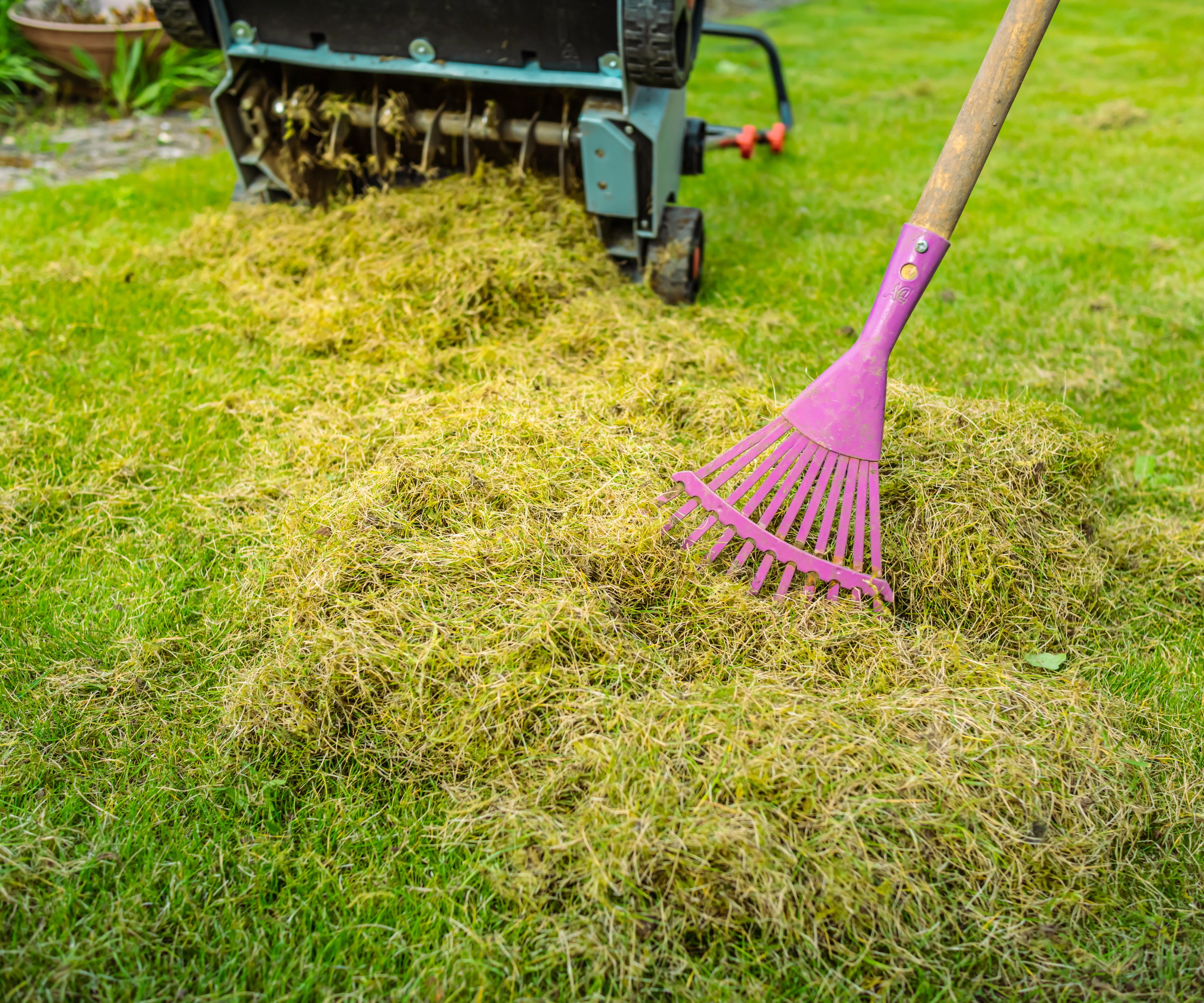
Dethatching is crucial for a healthy lawn. Pulling up dead grass means makes room for young grass and ensures that water and nutrients from mulch and fertilizer can penetrate into the soil.
Lee Purcell says 'While lawnmowers aren’t traditionally built for dethatching, some models can be fitted with a dethatching attachment, which uses spring tines to pull up dead grass, allowing new growth to thrive.'
But Ken Kohlman warns that a dethatching attachment, like this from Lowe's isn't always the best choice. Ken says 'Some mowers have a thatching attachment or a dethatching rake that can be mounted to the back. However, a dedicated dethatching machine is more effective, otherwise, you risk cutting through the thatch without removing it properly.'
However, this isn't an option for all of us. Separate dethatching machines can be pretty expensive, and a tow-behind dethatcher is much cheaper. Lee says that in the end, a tow-behind detacher 'can save you from investing in a separate dethatching machine'.
4. Spread fertilizer
As well as dethatching, riding mowers can spread fertilizer. A fertilizer attachment like this at Amazon is much faster and more efficient than spreading by hand or with a walk-behind mower.
Ken Kohlman says 'Many riding mowers have a spreader attachment on the back that can distribute seeds, fertilizer, or even sand and salt as you drive across a lawn. This is not something you'd typically do with a push mower.'
Mowing expert Lee Purcell agrees. 'With the right attachment, many riding lawnmowers can also spread fertilizer, grass seed, or even ice melt. This is especially useful for large properties, making the process quicker and more efficient.'
5. Aerate
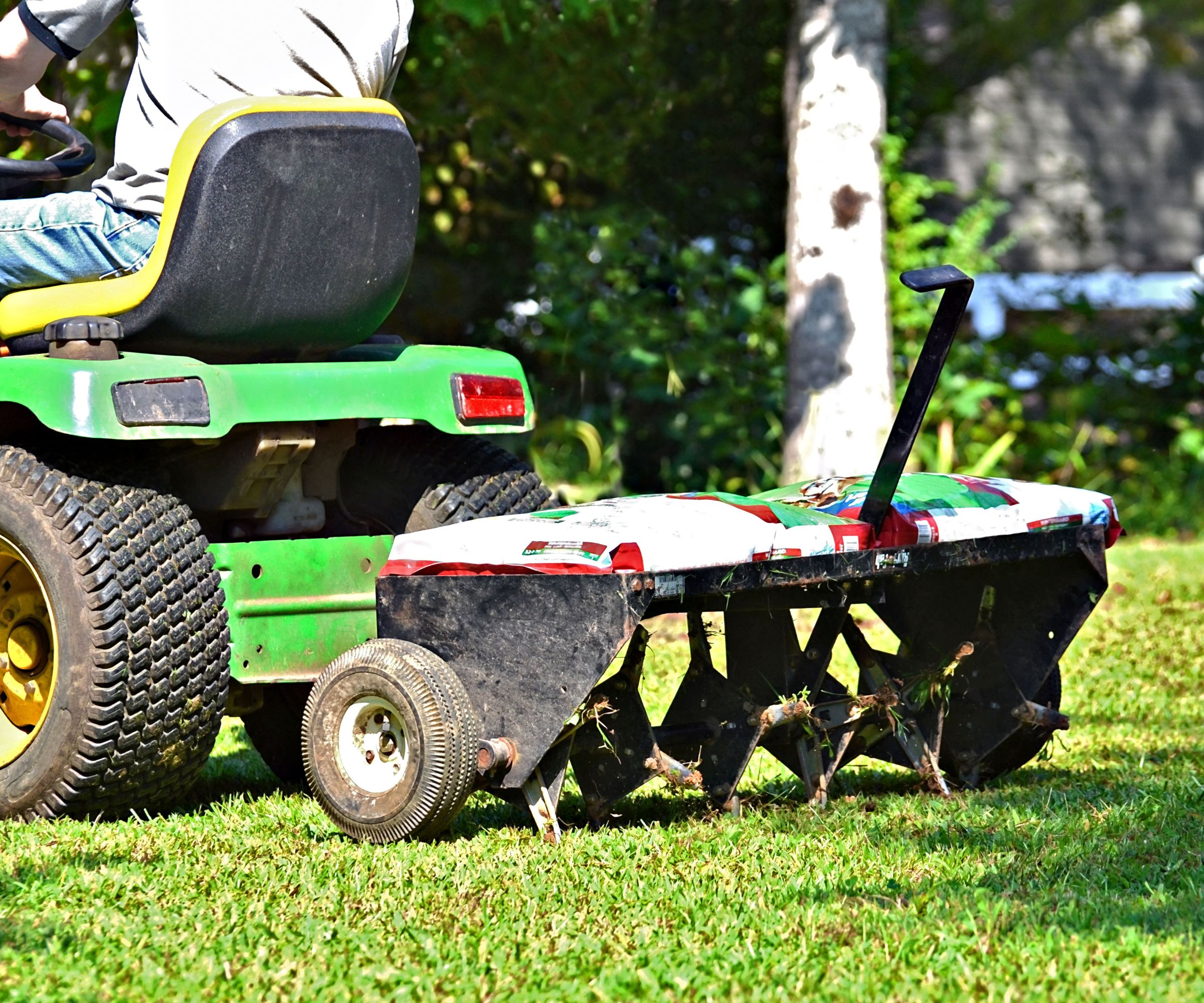
Aeration punches little holes into the soil on your lawn, allowing for air and water to penetrate into the earth and helping to prevent runoff. An aerator attachment like this at Home Depot is much faster than aerating by hand, saving you hours of work.
Lee Purcell says 'Some mowers can pull aerator attachments, although standalone aerators are usually more effective. But for light aeration, especially on larger properties, this setup can help oxygen and water reach deeper into the soil.'
But Ken Kohlman warns that while effective, this method won't work for every yard. He warns that 'However, for serious aeration – particularly in larger lawns and those with heavy clay soil – a dedicated lawn aerator is recommended.'
6. Snow plow
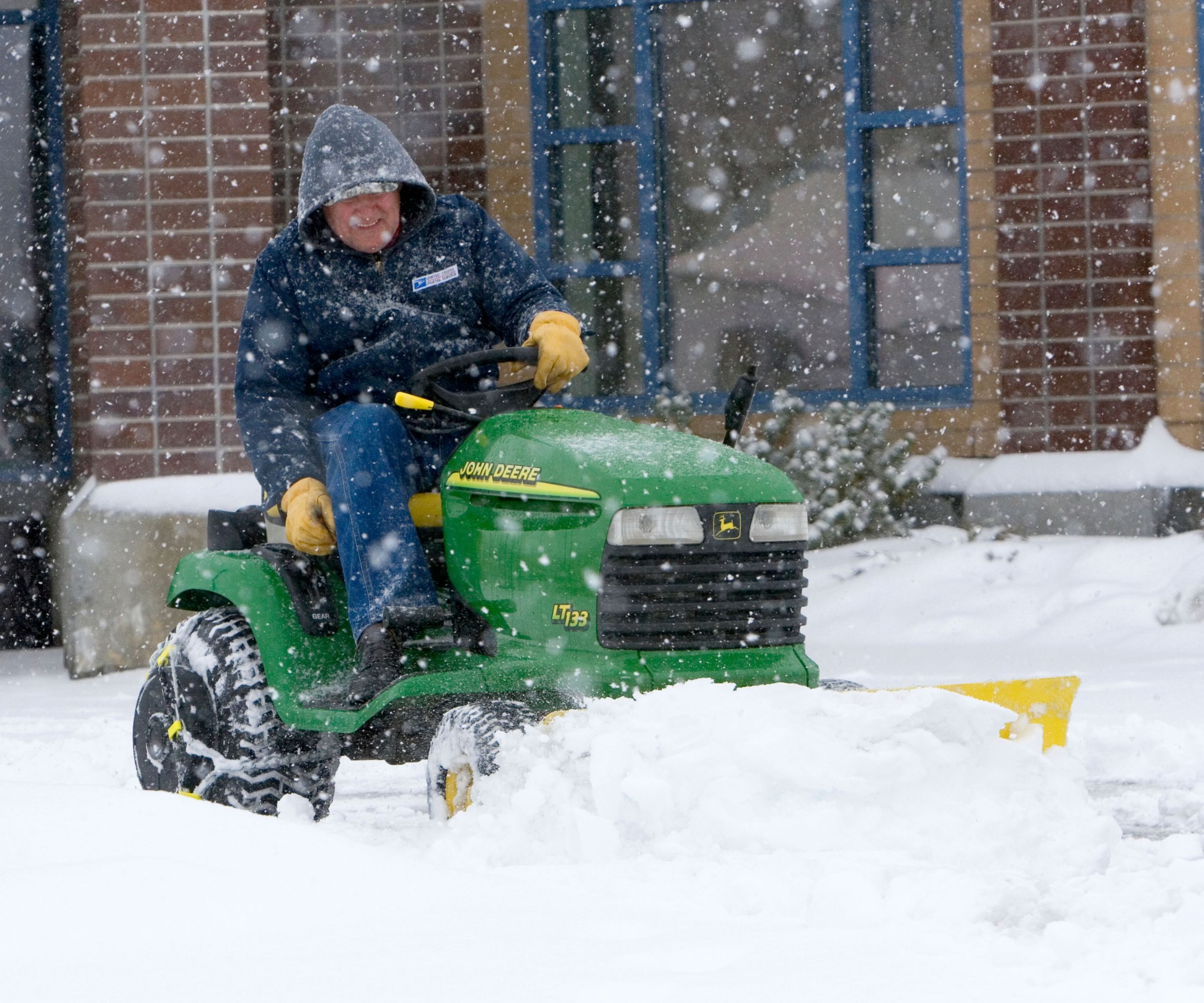
Finally, the most unusual use for a lawn mower is to clear snow from paths.
Lee Purcell says 'While it might surprise some, some riding mowers can double as snow blowers. With a snowblower attachment, a lawnmower becomes a versatile year-round machine. For those in snowy climates, this is an economical way to clear driveways and walkways.'
You have a couple of options here. There are full-blown snowblower attachments, which scoop up and eject snow and snow blades that just push it out of the way. Snow blower attachments are more effective, but snow blades like this at Lowe's are much cheaper.
Now that we're out of the mowing season, it's time to prepare for the winter. Learning how to winterize a lawn will ensure thick, healthy grass for next spring.

As a gardens and lifestyle contributor, Alex makes sure readers find the right information to help them make the best purchase. Alex got his start in reviewing at the iconic Good Housekeeping Institute, testing a wide range of household products and appliances. He then moved to BBC Gardeners’ World Magazine, assessing gardening tools, machinery, and wildlife products.
